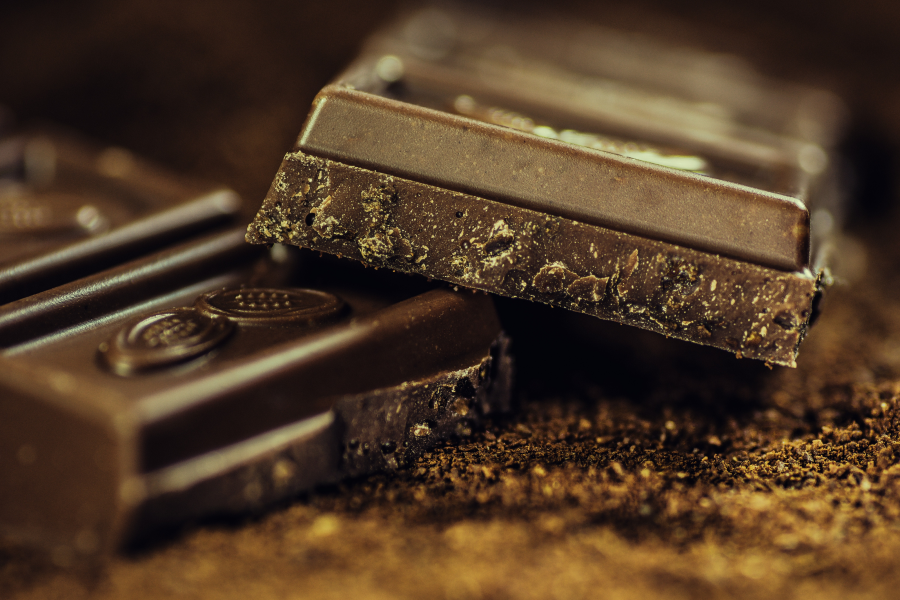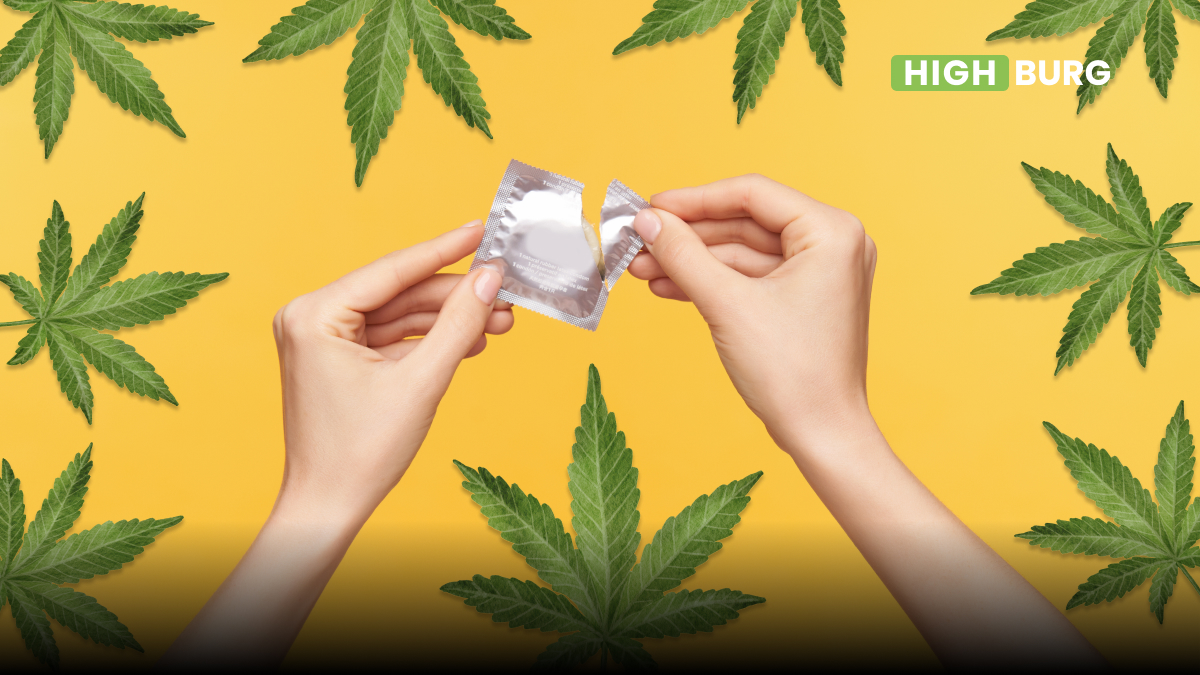SAN DIEGO — Cannabis-infused foods have become big business over the past few years. As marijuana is legalized in more and more states, larger numbers of people are becoming interested in experimenting with edibles. However, each and every one of the cannabis treats you see on your store shelves must first be properly tested for potency. Now, researchers are reporting that components in chocolate-flavored edibles are interfering with the potency testing, causing inaccurate results.
“My research focuses on cannabis potency testing because of the high stakes associated with it,” says Dr. David Dawson of CW Analytical Laboratories, the project’s lead investigator, in a media release. “If an edible cannabis product tests 10% below the amount on the label, California law states that is must be relabeled, with considerable time and expense. But it’s even worse if a product tests 10% or more above the labeled amount — then the entire batch must be destroyed.”
When cannabis is added to a food product, the composition of the food in question can have an impact on the potency testing results. Researchers chose to focus on chocolate cannabis treats because they are among the most popular types of marijuana edibles.
“We also noticed, kind of anecdotally, some weird potency variations depending on how we prepared chocolate samples for testing,” Dr. Dawson notes.
So, the research team studied the effects of changing certain sample prep conditions, such as amount of chocolate, type of chocolate, and pH level, on the THC (the main psychoactive substance found in cannabis) concentration levels measured by their high-performance equipment.
“When we had less cannabis-infused chocolate in the sample vial, say 1 gram, we got higher THC potencies and more precise values than when we had 2 grams of the same infused chocolate in the vial,” Dr. Dawson says. “This goes against what I would consider basic statistical representation of samples, where one would assume that the more sample you have, the more representative it is of the whole.”
Overall, these findings suggest that a component in the chocolate is interfering with the THC readings.
“Simply changing how much sample is in the vial could determine whether a sample passes or fails, which could have a huge impact on the producer of the chocolate bars, as well as the customer who might be under- or overdosing because of this weird quirk of matrix effects,” Dr. Dawson explains.
Moving forward, the research team wants to identify exactly which component is interfering with the testing. After holding some initial experiments with a few different types of chocolate, Dr. Dawson says that their “best lead” is that the phenomena has something to do with fats. This does make a certain degree of sense, considering that THC is fat soluble.
Researchers would also like to extend the research to CBD, and eventually develop a standard method for cannabis potency testing in various edibles.
This research was presented at a meeting of the American Chemical Society Fall 2019 National Meeting & Exposition in August.
This article was originally published on studyfinds.org



